A nova is a big explosion on the surface of a star, which suddenly increases its luminosity. This is not a rare phenomenon. There are around 25 novae every year in the Milky Way galaxy alone, although many are too far away to be seen, or are hidden behind gaseous clouds. Novae occur as the result of a binary coupling between a red giant star and a white dwarf star.
Red giants are large stars, with diameters ranging from 10 to as many as 1,500 times that of our Sun. White dwarfs are created in the wake of the collapse of another companion star, and are destined to burn themselves out. Their diameter is roughly the same as that of the Earth, but they are extremely dense and contain as much matter as the Sun. As a result, white dwarfs possess an intense gravitational force amounting to tens of thousands of times the gravitational pull of Earth.
The sheer strength of a white dwarf’s gravitational field draws in hydrogen and helium from the external layers of the red giant, pulling them to its surface and thus boosting its own volume.
When its mass reaches and passes a certain point, a white dwarf’s temperature and pressure increase further, triggering a nuclear fusion reaction. The ensuing explosion can increase the star’s brightness by a multiple of 150,000, while the temperature on the white dwarf’s surface can reach 100 million Kelvin. A white dwarf star will eventually, after a lapse lasting 12 days or as long as several months, return to its initial state. Once re-stabilized, it often begins repeating the process, drawing gases from the red giant until it produces another outburst. That is what occurred with the RS Ophiuchi, a nova that has flared six times since first discovered in 1898. Such stars are called recurrent novae, and while recorded cases are rare, astronomers generally believe that all novae are in fact recurrent, although often in a cycle so spread out in time that they cannot be observed by human civilization.
Nova means “new” in Latin [nova = new]. When people in ancient times observed a nova, they wrongly believed they were witnessing the birth of a new star, and chose the name “new” to describe the phenomenon. The frequent appearance of novae posed a problem for classical astronomers, as the sudden arrival of a “new” star was in stark contradiction to the prevailing belief at the time that the heavenly sky was fixed and immutable.
Red giants are large stars, with diameters ranging from 10 to as many as 1,500 times that of our Sun. White dwarfs are created in the wake of the collapse of another companion star, and are destined to burn themselves out. Their diameter is roughly the same as that of the Earth, but they are extremely dense and contain as much matter as the Sun. As a result, white dwarfs possess an intense gravitational force amounting to tens of thousands of times the gravitational pull of Earth.
The sheer strength of a white dwarf’s gravitational field draws in hydrogen and helium from the external layers of the red giant, pulling them to its surface and thus boosting its own volume.
When its mass reaches and passes a certain point, a white dwarf’s temperature and pressure increase further, triggering a nuclear fusion reaction. The ensuing explosion can increase the star’s brightness by a multiple of 150,000, while the temperature on the white dwarf’s surface can reach 100 million Kelvin. A white dwarf star will eventually, after a lapse lasting 12 days or as long as several months, return to its initial state. Once re-stabilized, it often begins repeating the process, drawing gases from the red giant until it produces another outburst. That is what occurred with the RS Ophiuchi, a nova that has flared six times since first discovered in 1898. Such stars are called recurrent novae, and while recorded cases are rare, astronomers generally believe that all novae are in fact recurrent, although often in a cycle so spread out in time that they cannot be observed by human civilization.
Nova means “new” in Latin [nova = new]. When people in ancient times observed a nova, they wrongly believed they were witnessing the birth of a new star, and chose the name “new” to describe the phenomenon. The frequent appearance of novae posed a problem for classical astronomers, as the sudden arrival of a “new” star was in stark contradiction to the prevailing belief at the time that the heavenly sky was fixed and immutable.
RELATED


THE NERVOUS SYSTEM


LADYBUG
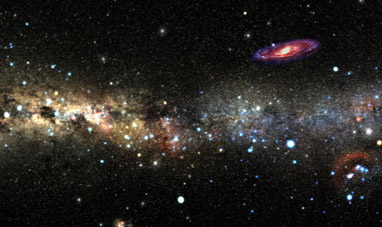

NEBULAE


TORTOISE


BARRACUDA
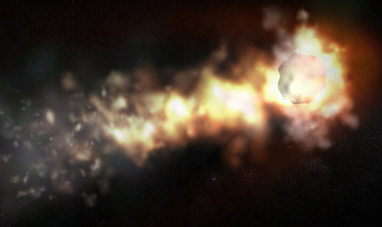

METEORITES


FORCE, EQUILIBRIUM AND LEVERAGE


GULL


DONKEY
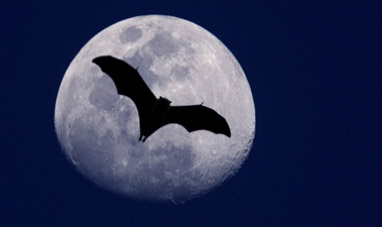

BAT


SALMON


KINETIC, POTENTIAL AND MECHANIC ENERGIES


FACEBOOK
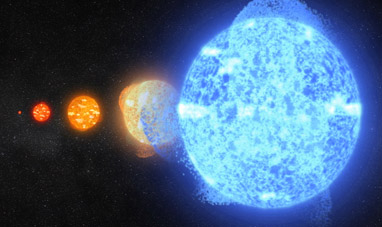

STARS


BEE


HIPPOPOTAMUS


THE DIGESTIVE SYSTEM


TUNA


THE RESPIRATORY SYSTEM


THE HANDS


OSTRICH


EAGLE


GOOGLE


HYBRID VEHICLE


THE FEMALE REPRODUCTIVE SYSTEM


TARANTULA


HAIR
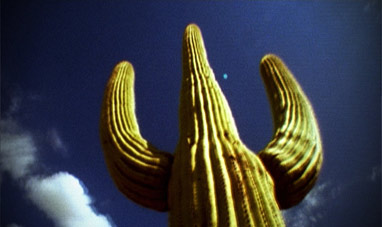

CACTUS


PARROTT


TEETH


FROG


SUPERNOVAS


DOG


MANTA RAY
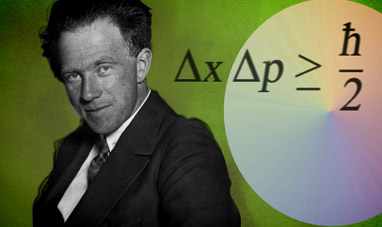

THE HEISENBERG PRINCIPLE


THE HEART
